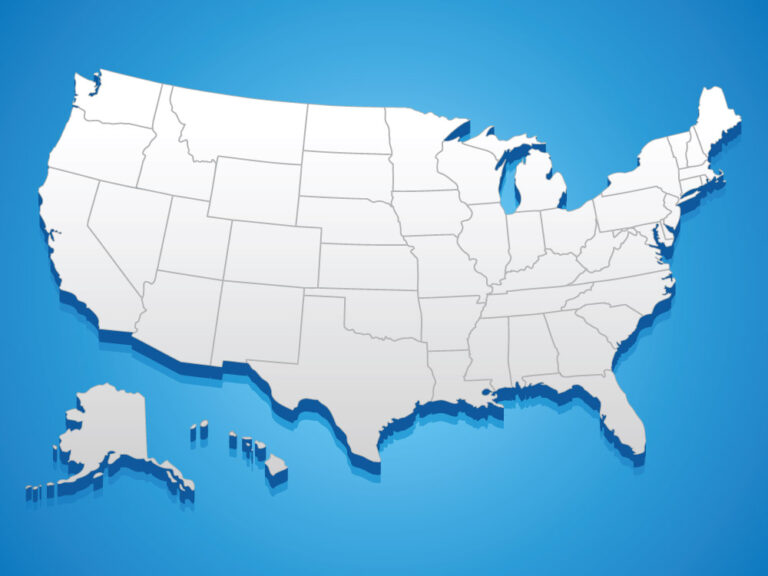Except for in five states, customers in the US will pay sales tax on many goods and services they purchase. Even in those states without a statewide sales tax, certain items are still taxed, and local governments may be allowed to impose their own sales taxes if they wish. Of course, there’s a reason that sales taxes are so widespread, and that’s because they raise a lot of revenue for the states.
Many states, although not all, have income taxes as well, and so sales tax isn’t their only source of revenue. However, economic downturns can cause revenue from income taxes to fall, leaving sales tax as an important part of keeping the state fully operational. Local governments also rely on sales tax for a significant chunk of their funding, but what exactly these dollars get spent on can vary a great deal from one state to the next.
The General Fund
In some states, much of what’s collected in sales tax revenue goes into a General Fund, which is then used to pay for a variety of projects and services throughout the state. These may include spending categories like:
- Police and Fire Departments
- Transportation and infrastructure projects
- Public Schools
- Children’s health insurance
- Recreational facilities
- Parks
- Medical facilities
- Environmental projects
The specific programs covered by General Fund spending vary substantially from one state to the next. In Michigan, for instance, a good chunk of sales tax revenue goes directly to funding public schools, which is separate from what goes into the state’s General Fund. Medicaid makes up a substantial portion of state spending in most cases, along with other human services.
Special Projects
Sometimes bills will be passed through a state legislature that specifically designate a certain level of funding from projected sales tax revenues. This may involve applying a temporary increase in the state sales tax rate to pay for a specific project, or it may simply direct those funds to the project in question first.
Some states break down sales tax rates from the start, with a certain portion allocated for a specific purpose. In Louisiana, for instance, the state sales tax rate is 5%, although 4.97% is really a straight sales tax and 0.03% is technically the Louisiana tourism promotion district sales tax. Another interesting example is California, where the state sales tax rate is 6%. The state adds a mandatory 1.25% local rate, however, making the effective baseline 7.25%.
Local Taxes
Most municipalities are free to add on their own local sales taxes to the state rate, creating a wide variety of effective rates throughout each state. Even in California, where the state mandates a certain level of local taxation, many municipalities add more, bringing the total rate up to nearly 10% in some parts of the state. Alaska, too, allows local governments to levy a sales tax even though the state does not, and the revenues from these are used in largely the same way as state sales tax, but on a much smaller scale.
The Importance of Sales Tax
In recent years, sales tax revenue has made up close to 50% of the total tax revenue collected in states like Pennsylvania, New Jersey, and Maryland, and over 30% of total tax revenue in New York and Washington. These levels are within the typical ranges of most states, which helps to illustrate how vital a role sales tax collection plays in the functioning of state governments and systems.
This is largely because, although many states do also have income taxes, the federal government collects this type of tax as well. There is often significant pressure not to raise state income tax rates too high for a variety of reasons, and so states are left with increases in sales tax rates as an alternative source of revenue.
Selling a sales tax increase is often easier than an income tax increase because, while no one wants to hear about taxes going up, the idea of paying a few cents more on each purchase to finance an important project is much more palatable to most people than imagining paying the state extra money right out of their paychecks.
With this dynamic in mind, it’s easy to see why ensuring sales tax is properly collected and remitted to states for qualifying purchases, particularly those made online, is such an important issue in most areas. Although legislation often takes some time to catch up with technological advances, more and more online purchases will likely be subject to state and local sales tax soon, and the regulations surrounding these types of purchases are changing all the time.






